 A global flexible packaging producer has partnered with a German recycling technology company to process multi-layer film scrap via a solvent-based technique.
A global flexible packaging producer has partnered with a German recycling technology company to process multi-layer film scrap via a solvent-based technique.

 A global flexible packaging producer has partnered with a German recycling technology company to process multi-layer film scrap via a solvent-based technique.
A global flexible packaging producer has partnered with a German recycling technology company to process multi-layer film scrap via a solvent-based technique.
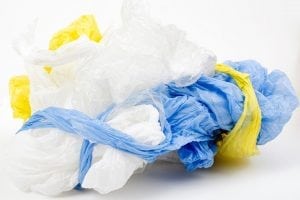
Policymakers and companies have taken recent action on single-use plastic bags. One major corporation’s decision to phase out bags has been cited as evidence of changing retailer mindsets.
 An executive at Charter NEX Films, an end user of post-consumer plastic, won the Republican nomination for the open U.S. House of Representatives seat in Wisconsin.
An executive at Charter NEX Films, an end user of post-consumer plastic, won the Republican nomination for the open U.S. House of Representatives seat in Wisconsin.
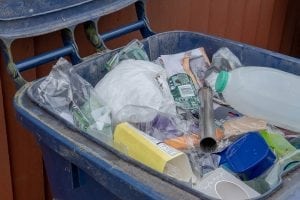
MRFF has found a MRF.
The Materials Recovery for the Future (MRFF) project will partner with a Pennsylvania sorting facility to generate bales of flexible plastic packaging (FPP). Continue Reading
 A film recycling improvement campaign in Connecticut has wrapped up its first phase and is getting ready for its second after reporting successful collection and contamination reduction results.
A film recycling improvement campaign in Connecticut has wrapped up its first phase and is getting ready for its second after reporting successful collection and contamination reduction results.
 Low-cost recovered PE film continues to drive record profits for Trex, which uses hundreds of millions of pounds of the plastic in its composite lumber products each year.
Low-cost recovered PE film continues to drive record profits for Trex, which uses hundreds of millions of pounds of the plastic in its composite lumber products each year.
As a nation, we’re doing a pretty good job collecting plastic bags and wraps for recycling. But we need to do a much better job creating demand for this recycled plastic film.
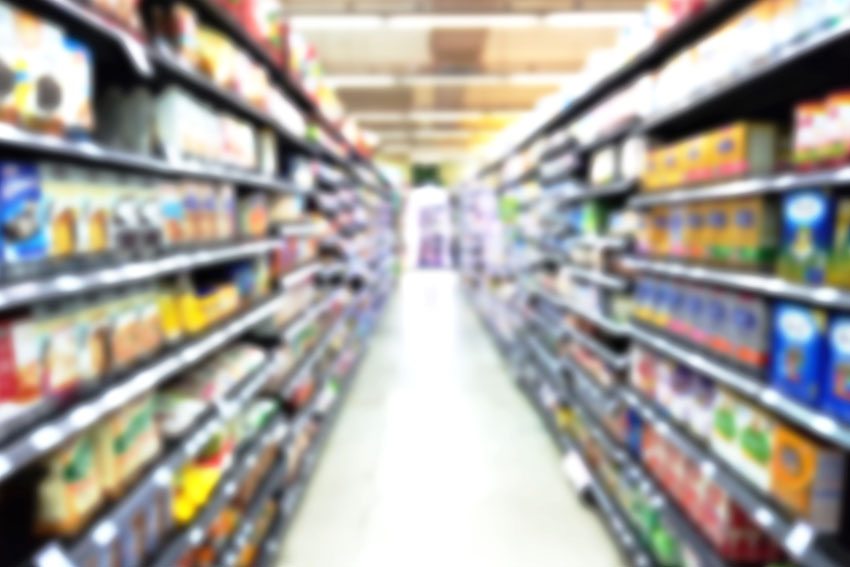 California officials will slow their process of crafting mandatory recycling rules for plastic packaging, citing upheavals caused by China’s import restrictions.
California officials will slow their process of crafting mandatory recycling rules for plastic packaging, citing upheavals caused by China’s import restrictions.
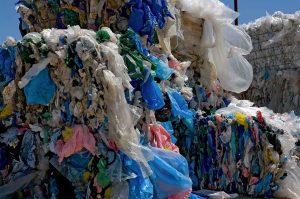 Composite lumber manufacturer Trex says low feedstock prices continue to help it achieve boosted profits in the first quarter of the year.
Composite lumber manufacturer Trex says low feedstock prices continue to help it achieve boosted profits in the first quarter of the year.
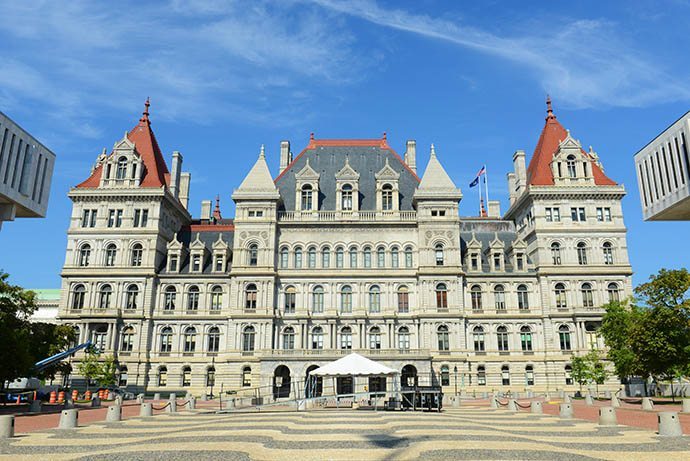 New York’s governor has introduced legislation prohibiting retailers from providing plastic shopping bags to customers at point-of-sale.
New York’s governor has introduced legislation prohibiting retailers from providing plastic shopping bags to customers at point-of-sale.
